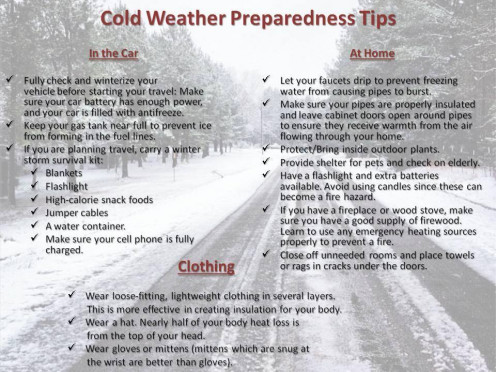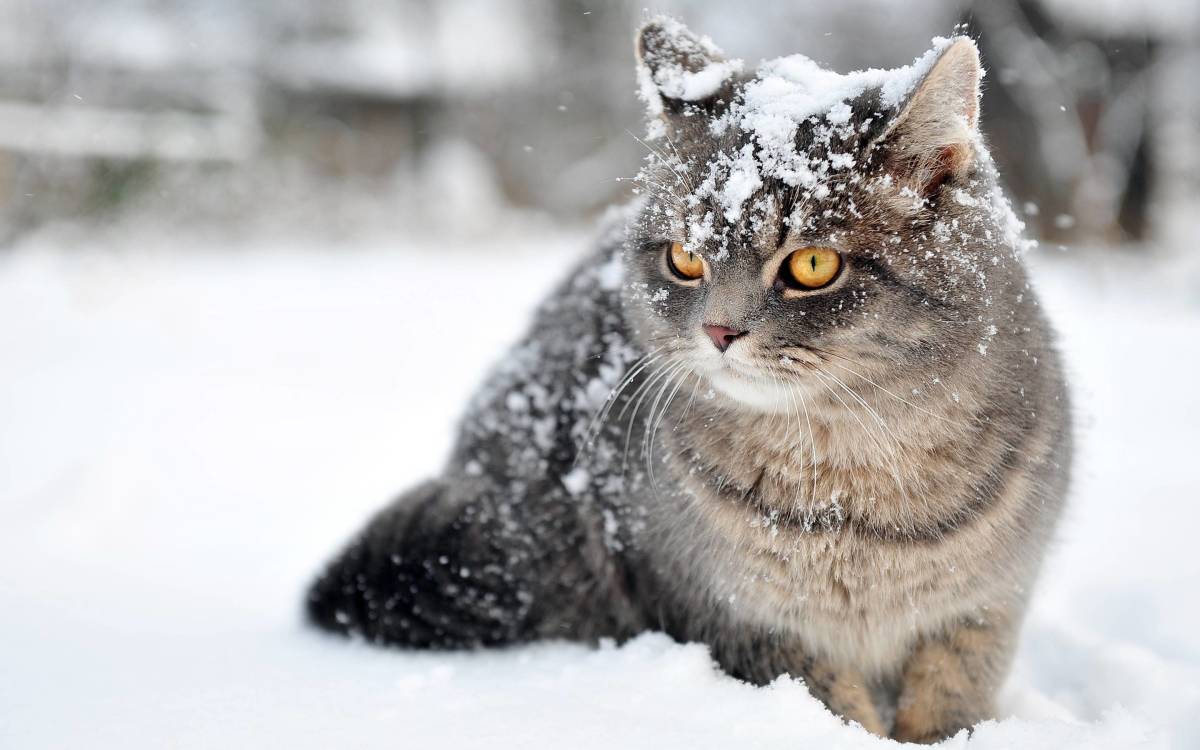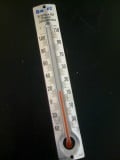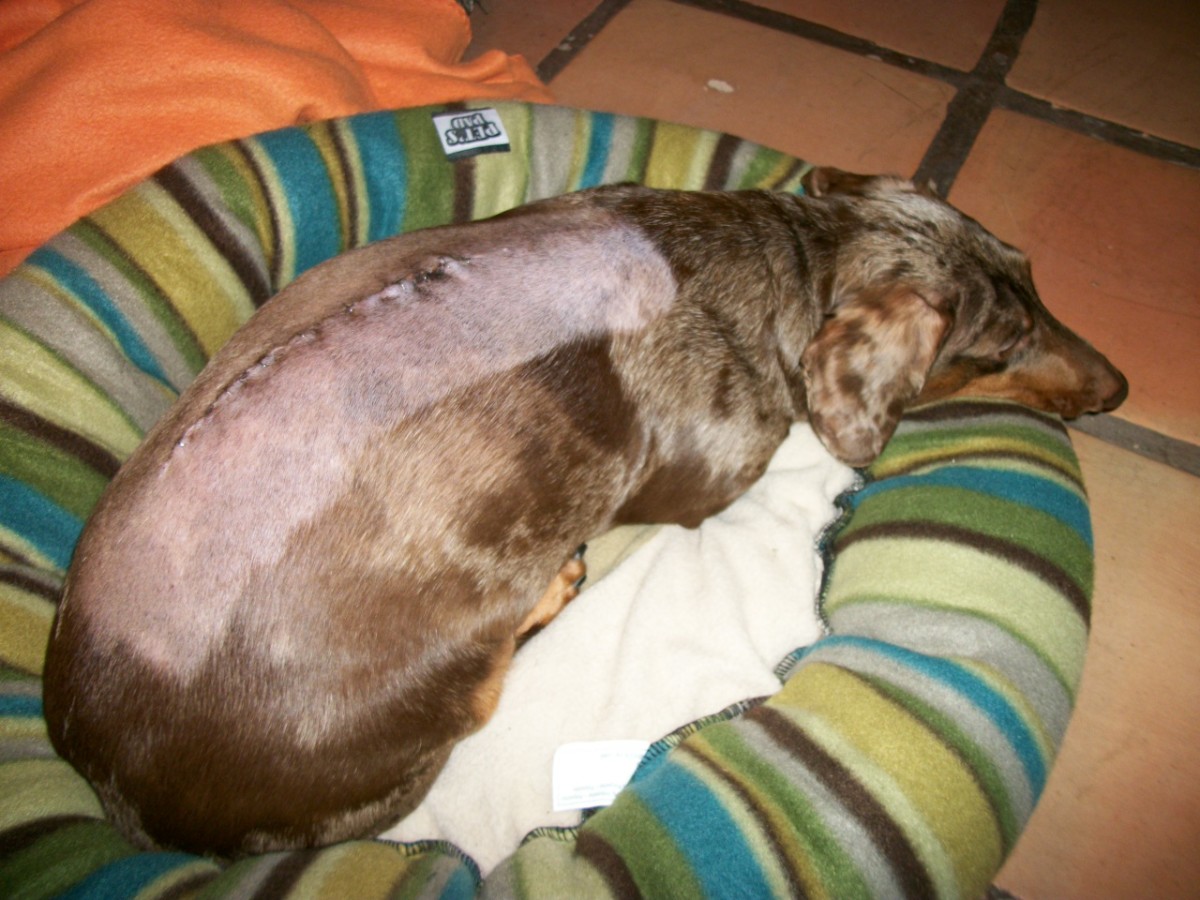Quickly Recognize and Treat Symptoms of Hypothermia

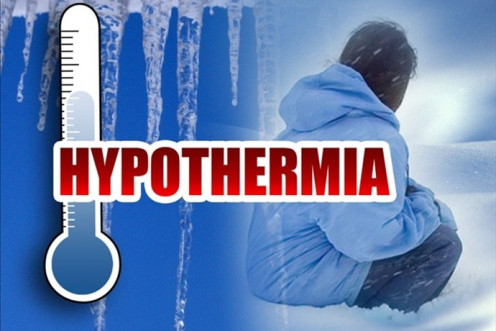
What is Hypothermia?
Hypothermia takes effect when our body's regular temperature (around 98.6 F) drastically drops to dangerously low levels. The affects of hypothermia can be most concerning for small infants, young children, and the elderly, especially if temperatures in the home are not kept at 66.0 F or more in the winter. Recognizing the symptoms of hypothermia is fairly simple if you know the signs to watch out for. Once you notice these symptoms, you’ll need to act fast to remedy this frightening condition.
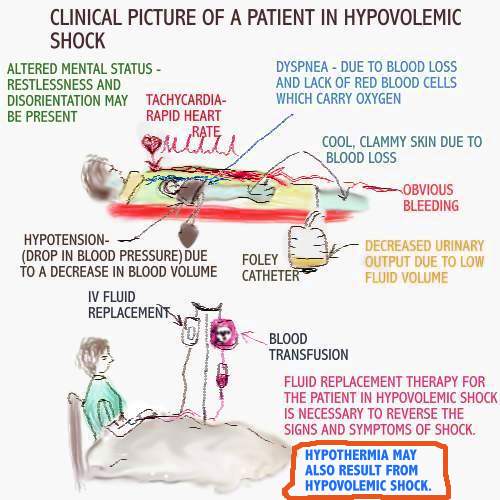
Symptoms of Hypothermia
Hypothermia is usually accompanied by symptoms of:
* violent or uncontrolled shivering
* slurred speech
* extreme exhaustion
* stumbling or unstable walking
* confusion
* numbness of arms and legs
* a weak pulse
* a semi-conscious or unconscious reaction
Persons who experience hypothermia are usually disoriented or behave in unusual ways. You will notice cold or very cool skin in a person with hypothermia. When coming to the aide of a person with this condition, watch for any lack of consciousness that requires immediate medical attention.
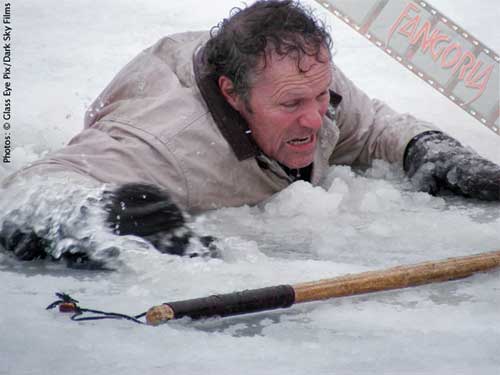
When Can Hypothermia Occur?
Hypothermia occurs when the body becomes cold, wet, or chilled by harsh winds. Things like damp or drenched clothing, below freezing temperatures, contact with cold metals, and high gusts of winds can all bring about hypothermia. Those with a history of poor circulation, who consume alcohol, who work or play outside in extreme weather conditions, who are exhausted or fatigued, and those who are hungry or haven't eaten in awhile are more prone to the affects of hypothermia. In order to prevent this condition, it is vital to keep the body healthy and fed, especially before exposure to extreme cold weather.
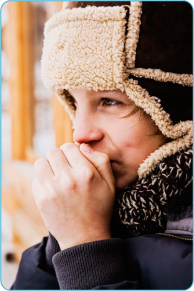
Remedy Hypothermia Right Away!
Easing the symptoms of hypothermia consists of bringing a person inside or away from the cold outdoors and removing all wet clothing. Wrap a warm dry blanket around the person, being sure to cover any exposed skin. Place the hypothermic person next to a warm heater or close to a fire. Take care, however, not to place them too close to objects that will be hot. While it is vital to warm a person with hypothermia, you must take care not to heat them too quickly or you risk throwing them into shock. Gradually warm a hypothermic person by slowly increasing their body temperature to a normal 98.6 F again.

For Hypothermia...Also Try Warm Drinks and Cuddling
Hypothermia symptoms can also be remedied with warm drinks and soups or by using your own body heat. Offering a person with hypothermia warmth for their body will encourage a gradual increase in body temperature and normal body functioning. Feeding a hypothermic person soups and broths are a good way to warm them again. Using your own body heat can also generate warmth for a person with hypothermia. Offer body heat by holding the person close to you or share a blanket with a hypothermic person. Do not, however, use heating objects that will force quick warmth in a person with hypothermia. This is a dangerous way to increase the risk of shock and even death.
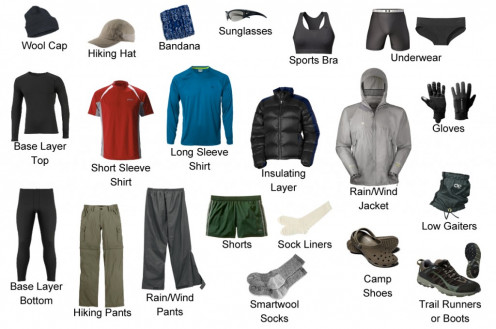
Dress Warm and In Layers
Layering clothing before going outside is a great way to prevent the onset of hypothermia. Protect hands, feet, and head from the cold with a hat, waterproof boots, and heavy gloves. Keeping your body dry and cool by wearing layers will help to reduce the symptoms of hypothermia. Strip off layers of clothing as you become too warm in order to keep your body at a normal temperature. Regulating body temperature during cold weather seasons is important for avoiding hypothermia. Also, since much of our body heat escapes through our heads, it is vital to wear good headgear when exposed to extreme cold weather conditions. A waterproof wool or cotton hat is essential for preventing hypothermia. Be sure the hat covers your ears.
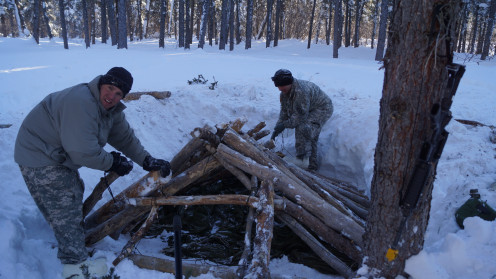
Stay Sheltered from the Cold
Finding safe and appropriate shelter from the cold can also help to prevent the onset of hypothermia. If you work or play outside during cold weather seasons, stay within a close proximity to a warm building or area where you can get shelter. Cold air and wind can decrease body temperatures. Having a safe place from these weather conditions can protect you from hypothermia. If you become wet from outdoor activities such as skiing, sledding, or working outside, change your clothing as soon as possible. Being wet in cold weather conditions can quickly bring about symptoms of hypothermia, which is another reason why it's important to layer clothing. This way, you can remove wet layers and still be dry underneath.
